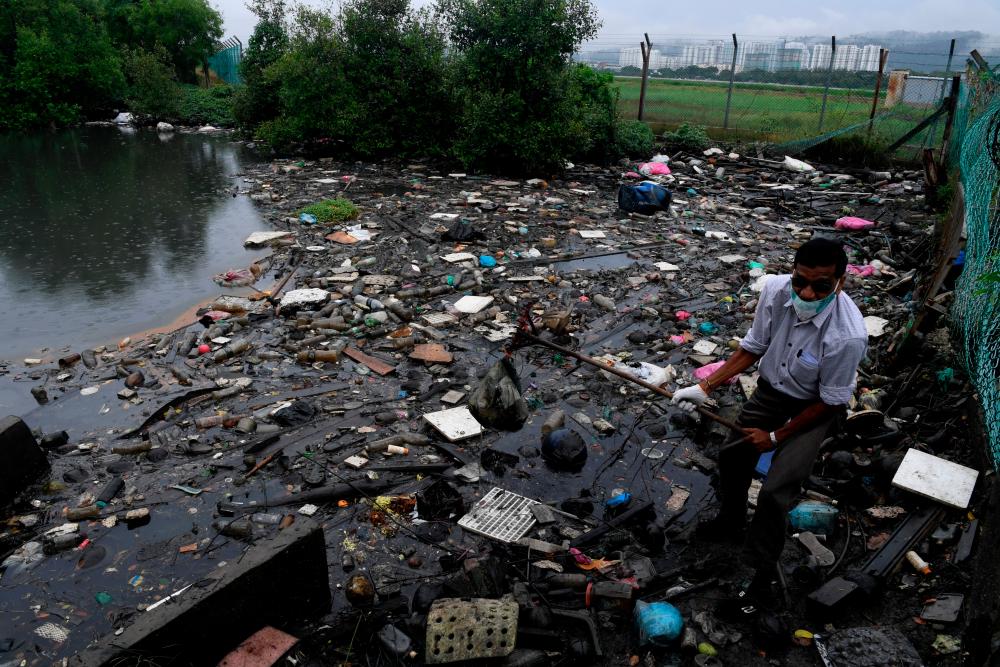PETALING JAYA: Human activity has increased with the lifting of Covid-19 restrictions, resulting in pollution levels at rivers rising to alarming levels.
Universiti Malaysia Terengganu Faculty of Science and Marine Environment associate professor Dr Ong Meng Chuan said Environment Department figures show that 195 rivers in Malaysia were slightly polluted while 34 others were considered ecologically dead as of last year.
Ong said there is an urgent need to conduct anti-pollution enforcement action and an education programme to create awareness among the younger generation.
“(Preservation) is very important. (The authorities should) talk to schoolchildren about the importance of the river system, and reintroduce the ‘Adopted Rivers’ programme, which was (discontinued) in April 2020.”
He said the programme, which was initiated by the Global Environment Centre in October 2019, was conducted by the government and the private sector in schools in Kelantan, during which pupils carried out preservation activities and were taught about saving rivers.
Malaysia has a total of 189 river basins, of which 89 are in Peninsular Malaysia, 78 in Sabah and 22 in Sarawak.
Ong added that a river is considered dead when its oxygen level is low or it has no dissolved oxygen (DO), a condition that threatens aquatic life and plants.
“Normally, if the DO is more than 5mg/l (milligramme per litre), we consider the water to be in good condition and able to support all kinds of organisms.
“Early symptoms of a polluted river include fish (gasping) on the surface. Soon, the fish will die, except for hardy ones that are tolerant to low DO, such as Tilapia Hitam.”
He said pollution caused by human activity is one of the main reasons for dead rivers.
“The release of toxic chemicals and pollutants from industrial activities is among the major causes that pollute the water.
“Apart from that, excess nutrients from fertilisers used in farming and animal manure that runs off into the waterways can cause (excessive) algae bloom and decrease oxygen levels.
“Sewage pollutants also contain biological oxygen demand, which is the amount of oxygen consumed by bacteria and other microorganisms which decompose organic matter under aerobic (oxygen present) conditions at a specified temperature.”
Ong said some people still depend on river water for their daily needs and if the source is polluted, it could cause skin diseases, adding that if the same water is also used for agriculture purposes, it could harm those consuming the produce.
“Low oxygen levels in rivers also contribute to aquaculture pollution. The fish that is cultivated might not survive, or its growth may be stunted.”
He said several options can be implemented to prevent rivers from being polluted. This includes imposing higher taxes or levying compound interest on factories or corporations that discharge untreated effluents and other pollutants.
“We can even use biological filters to treat polluted water. Normally, scientists would use bacteria to restore the water to normal conditions, but not to fully recover a dead river. Several aquatic plants, such as water lettuce, can also be used to reduce pollution.”
Ong added that the authorities could also use drones to look for the source of pollution.
“We are not restoring the aquatic environment to its normal conditions, but creating a new environment for marine life and vegetation to thrive. In the meantime, we have to put in place solutions to ensure pollutants are kept from entering the water body, or more rivers will die.”










